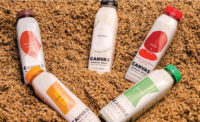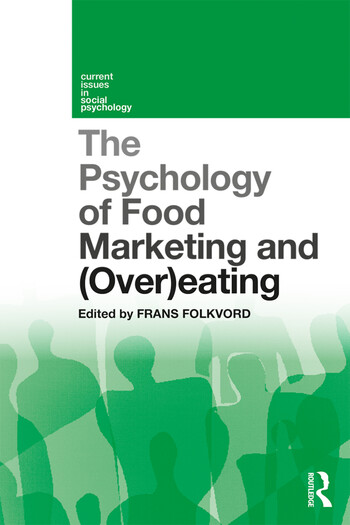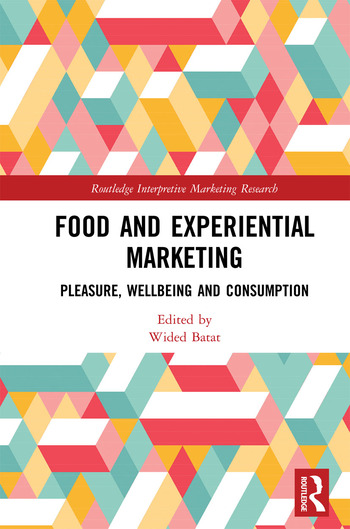Retail State of the Industry
2018 Retail Food and Beverage Product Trends
Where What's New—Meets What's Next: Prepared Foods' Retail New Products Annual explores food and beverage trends set to impact product development in 2018

SOURCE: Getty Images
In Chinese philosophy, there’s a belief that the seemingly contrary or opposite forces of yin and yang actually complement each other and are interconnected. Similarly, you could argue that the food and beverage industry’s macro and micro trends also complement and feed on each other (pardon the play on words).
What follows are overviews for nearly 20 different retail packaged food and beverage product categories, spread across nine subject areas. Each article covers micro details of new on-trend flavors, better-for-you formulations, clean label alternatives, and meal and snack solutions.
Meanwhile, it’s important to consider the macro perspective. In this case, we turned to Mattson, which created 10 macro trend predictions for 2018 (see “newsletter” archives at Mattson.com). Four of the 10 trends involve (1) the growing industry for functional cannabis-based products, (2) indoor farming at the home and industrial levels, (3) declining per-capita alcohol consumption and (4) a new future for center store, shelf-stable foods through e-commerce.
Here are six additional Mattson summaries for both today and tomorrow.
Taking Food Personally:
Over the past decade, we’ve come to embrace the fact that the food we eat profoundly impacts our health, but this wasn’t always the case. Western medicine healthcare was reactive. Eastern medicine was holistic: taking into consideration the mind, body and spirit. Taking cues from the East, today’s personalized food and beverages allow consumers to follow unique diets more targeted than gluten-free, paleo, and vegan, each chosen for a consumer’s one-of-a-kind physiology. And, as we continue to learn about how the microbiome affects health, we predict an increasing focus on food’s impact on our emotional and mental health, as well. It’s coming: food for mood.
Meal Kit Migration:
We know consumers fundamentally want meal kits, but the original direct-to-consumer subscription model is not how they want to buy them. Too much commitment, too costly, too much solid waste and carbon footprint. Blue Apron and competitors Hello Fresh, Sun Basket, etc. need to find a way to sell their awesome offerings where consumers already shop for food. Chef’d is already selling meal kits at retail. When Albertson’s bought Plated, it was obvious that’s what they had in mind. Sure enough, they’ve launched Plated kits into grocery. We suspect others will soon show up there. Meal kits are here to stay, but how and who wins will be different than how and who built the segment.
Intrinsic Nutrition:
Fat is back. Protein is hot. Sugar is out. Yes, consumers want to eat healthy, but their definition of what this means continues to change. Mostly, consumers want to eat foods that contain what we call intrinsic nutrition: nutrients that are inherent in the ingredients. Intrinsic fiber comes from beans or whole grains, not supplementation. The next wave of innovation will be intrinsic healthy fats, protein, fiber, and other essentials from nutrient-dense foods like soy, meat, cheese, eggs, fruits, vegetables, and dairy. We know this, because we’re working on these new products now, for launch in the near future.
The Fabulous Flexitarian:
There is no official definition of Flexitarian, but we consider them to self-define in two ways. First: those actively trying to eat less beef, chicken, pork and dairy. Second: those already eating “mostly vegetarian,” with the occasional consumption of meat and dairy. Together, these consumers make up about one-third of the population. A full 50% of the population claims they’ll be actively trying to eat more plant-based foods next year. Vegetarians and vegans only make up about 5 to 7% of the population and that number has remained fairly flat. It’s Flexitarians that are driving the growth in plant-based foods, and will continue to do so in 2018 and beyond.
Produce Power:
Today’s burgeoning ready-to-cook and ready-to-eat fruit and vegetable products go way beyond baby carrots with ranch. Consumers want to eat more fresh produce, but they’re not confident in their ability to cook with it. Solving this conundrum are products like ReadyPac’s Fresh Prep’d Soup Kits and Sunset Grown’s You Make Me pasta kits. We predict many more of these fresh produce kits coming in the near future.
Non-Food Brands Branch Out:
We believe that licensing is one way to solve the dilemma of building new food brands because it lets companies gain access to a new brand without having to build it.
When Oprah enters a new industry, watch out. Now that she’s launched a line of refrigerated foods, we can expect a lot more products to launch under her partnership with Kraft Heinz. Oprah is not the only non-food brand entering the industry. Patagonia used to sell only clothing. Today they offer brand loyalists a line of mission-driven Provisions that range from buffalo jerky to soup to smoked salmon. The question is, “What non-food brand will appear next in your cart?!”
Originally appeared in the March, 2018 issue of Prepared Foods as Where What's New—Meets What's Next.
Looking for a reprint of this article?
From high-res PDFs to custom plaques, order your copy today!








